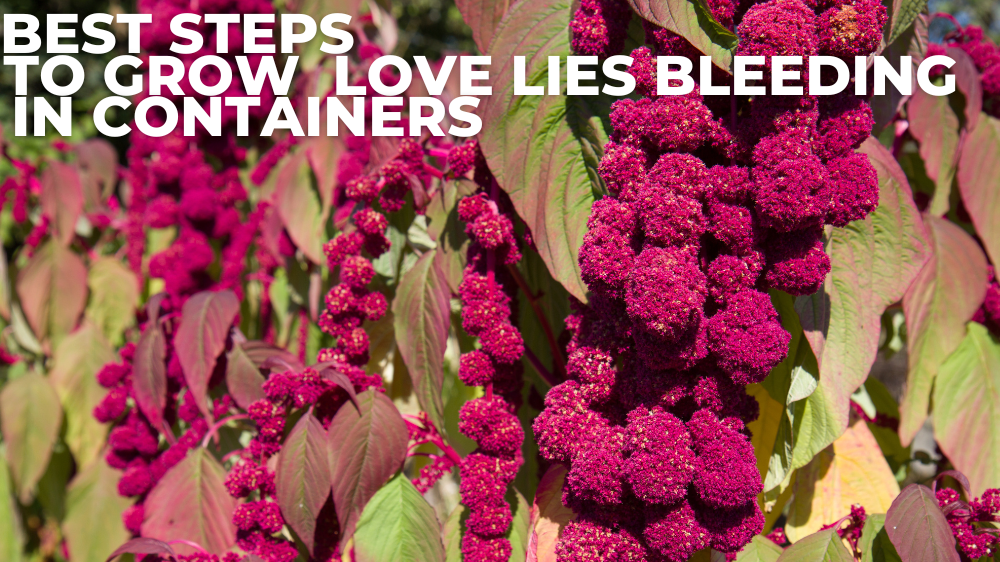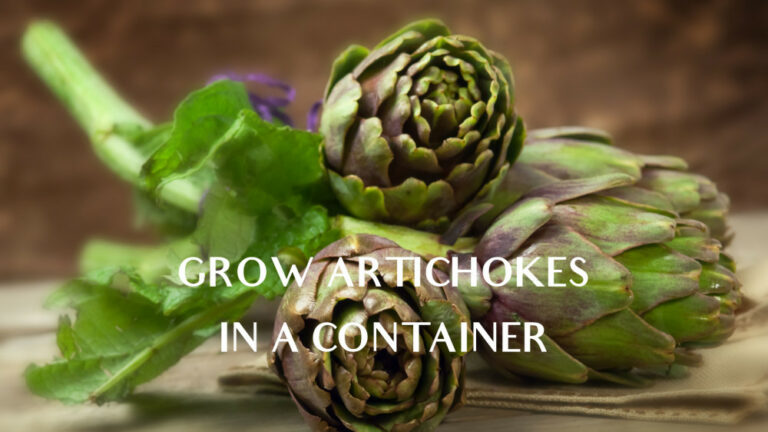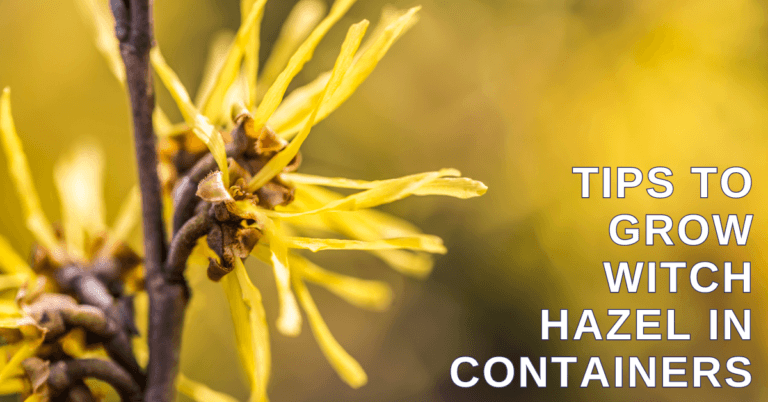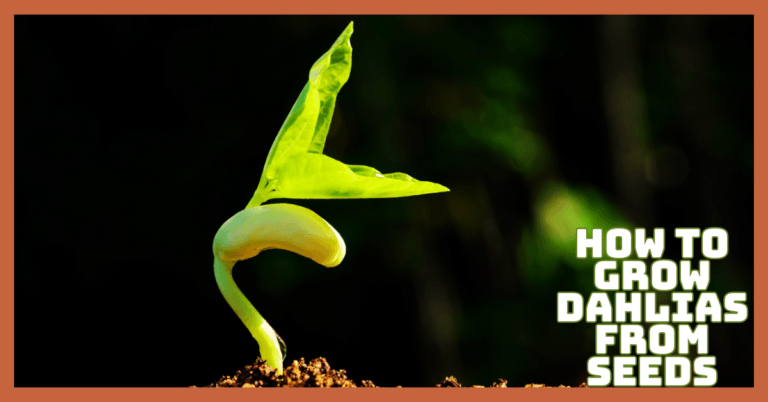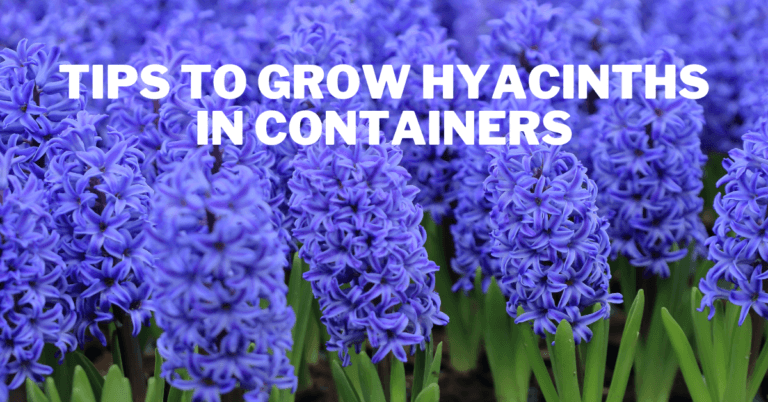Best Steps To Grow Love-Lies-Bleeding In Containers
Best Steps To Grow Love-Lies-Bleeding In Containers
Amaranthus caudatus, which is growing, can produce a unique, striking specimen for garden beds or borders.
As the love-lies-bleeding flower blooms in the summer, drooping panicles of deep red to reddish-purple emerge.
The tassel flower, also known as the love-lies-bleeding flower, is an intriguing approach to using unused space without making a long-term commitment.
This blog will help you to grow love-lies-bleeding in containers ideally.
History & Origin Of Love-Lies-Bleeding
Amaranth's interactions with humans have a very violent past. Some claim that the seeds of this plant were baked into cakes containing human blood and consumed as part of a religious ritual.
Some claim that its cultivation and possession were once prohibited and subject to the death penalty.
Unfading flowers have long been associated with immortality or love beyond hope in literature.
A. caudatus has a bizarre ability to fill an attentive mind with words and phrases not typically associated with beauty despite outwardly betraying amaranth's destructive past.
Their blossoms resemble squid tentacles, flaccid tails, and boneless, bleeding arms subject to the cruelties of the wind.
Evidently, if you allow your words to flow, this plant can cause an embarrassing supernova of black language.
Letting your words wander with this plant might cause an embarrassing supernova of sinister writing.
In South America, where it is the most significant Andean species of Amaranthus and is known as kiwicha, several plant components, including the leaves and seeds, are edible and frequently utilized as food sources.
Like many other amaranth species, this one originated in the tropics of North America. As A. caudatus is considered a wild Amaranthus hybridus aggregate, the precise origin is uncertain.
The inflorescence's red hue is caused by a high concentration of betacyanins, just like in the related species of amaranth known as “Hopi red dye.” The latter designation refers to ornamental garden types: Amaranthus cruentus or an A. cruentus-Amaranthus powellii hybrid. A. cruentus is the Central American equivalent of the South American A. caudatus in indigenous agriculture.
Caudatus thrives in direct sunlight and can reach heights of 1 to 2.5 meters (3 to 8 feet). Both wet and dry climates are acceptable to it. From seeds, it proliferates.
The plant is a summer annual throughout most of its range. Plants can be planted indoors in the early spring and temperate climates.
Advantages Of Love-Lies-Bleeding
Amaranthus has been known to be more than a lovely plant with lovely blossoms and lush leaves since it was first identified.
Finding a plant that is both beautiful in every way and delicious is uncommon. All 60 species of amaranthus, not just one, have edible leaves and seeds.
However, these are not this incredible species' only advantages and uses.
- Athletes who want to improve their performance without breaking the law frequently utilize extracts from the plant.
- Pets are welcome on the plant and all of its portions. Children, dogs, or cats don't have any issues with it.
- The flowers and foliage are not poisonous.
- Amaranthus seeds are rich in complete proteins. It is best to eat them whole.
- The seed, which has a mild flavour and a taste similar to sesame, can be used in recipes like egg rolls without requiring additional oils.
- The leaves are nutrient-dense and are rich in folate, calcium, potassium, vitamins A and C, and manganese.
- Omega-3 fatty acids in fish and seafood are also abundant in amaranthus.
- The leaves with a mild spinach flavour can be cooked, sautéed, stir-fried, or steamed.
- Alegria popped amaranthus, amaranthus breakfast porridge, and amaranthus leaves in coconut milk are just a few recipes that use it as the main ingredient.
- The seeds and leaves can be eaten and offer nutritional benefits.
- Both are good sources of minerals such as calcium, iron, potassium, zinc, copper, and manganese, as well as vitamins C, folate, thiamine, niacin, and riboflavin.
Grow Love-Lies-Bleeding In Containers
Amaranthus caudatus, sometimes known as “Love-lies-bleeding,” is a short-lived frost-tender plant popular in summer bedding arrangements.
It is simple to grow and produces spectacular scarlet blossoms that resemble tassels and contrast with fresh, green foliage.
Love-lies-bleeding is an edible amaranthus variety, albeit primarily grown for its decorative qualities.
The plant can be invasive in places without frost, but this is not a problem in the UK. Love-lies-bleeding flowers can be dried and used in arrangements, making an excellent cut flower.
Birds love to eat the seeds, so growing love-lies-bleeding is a terrific method to cultivate your wild bird food.
The typical growth habit of plants is an upright, bushy one. They are one to two feet wide and two to five feet tall when fully grown.
As they age, hundreds of small, petalless blossoms form tassels that hang dramatically among an abundance of light-green to green foliage with pink undertones.
Additionally, although some helpful pollinators, like honeybees, are not drawn to the minuscule blooms, you could observe other bees and a few hummingbirds.
Although they don't stay forever, they provide cut flower vases, “everlasting” dry arrangements structure, and vertical intrigue.
Some wild amaranthus species can be a real annoyance in farmers' fields. North Dakota describes one in particular, redroot pigweed, A. retroflexus, as a “major agricultural weed.” Ironically, pigs are poisoned by pigweed.
Choose The Right Container
The love-lies-bleeding flower is resilient and exhibits its greatest colour when planted in poor soil.
The enormous annual flower known as the “love lies bleeding flower” can be planted in containers if there isn't enough landscape space, and hanging baskets are an attractive option.
Location To Grow Love Lies Bleeding In Containers
The plant typically needs four months of hot, dry weather to grow and begin setting seeds.
Therefore, you might start the plant indoors and wait until the last frost has passed before bringing it to its permanent location in the garden if you don't receive much sun outside in the summer.
The area to the south or west of your garden is ideal. Unlike the north or the east, which soon fall into the shadow, these areas typically receive a lot of sunlight.
Space
Before planting the amaranthus, you should plan its area and requirements. Consider both height and width.
The plant typically grows to a height of 2 to 5 feet. However, it might easily reach 6 feet under the appropriate circumstances.
The amaranthus requires around three feet of space on each side of your garden. When completely developed, it spreads out from one and a half to two and a half feet.
Soil To Grow Love Lies Bleeding In Containers
The soil must be rich to meet the amaranthus' nutrient needs. You can still grow in it in several soil types, from clay to somewhat sandier varieties.
Ensure the soil has a pH range of 6 to 7.5 and is well-drained. When planting, use a lot of organic compost to give the plant a good start.
Balance liquid fertilizers can be applied throughout a plant's life, but they are especially effective before and after flowering.
Water
You must provide the amaranthus with enough water from sowing the seeds until you notice the pollinated blooms fading and being replaced by seed-filled pods.
This need for water decreases during stable growth or just before flowering. However, you should ensure the soil is moist, if not downright wet, two inches down.
If it doesn't get too hot and you're concerned about dehydration, water it at least once a week.
Temperature & Humidity
Plants are not frost-hardy. The Amaranthus cultivars that withstand the coldest temperatures are 40° Fahrenheit.
It might endure as a perennial in locations without frost. Due to its sensitivity to the day's duration, Love-lies-Bleeding does not function well in northern latitudes. In warm soil, germination happens quickly.
When the soil has warmed, move into the full sun to partial shade. Although the plant prefers the sun and won't grow in complete darkness, it does benefit from afternoon shade in regions with sweltering summers.
Propagation
There are two ways to get started: by sowing seeds or transplanting nursery plants.
Here’s how:
From Seed
The seeds are tiny, with a diameter of just ¼ inch. They typically germinate in three to five days, but it takes between 60 and 110 days from germination to flowering.
Eight to ten weeks before the last typical spring frost, plant seeds in well-draining potting soil to gain a head start on the growing season.
According to studies, seeds placed at a depth of one centimetre, or roughly 0.39 inches, have the highest germination rate.
Additionally, they suggest that darkness and a temperature of 25°C (77°F) are ideal for germination.
You might wish to use a seed beginning pad, like this one from Vivosun that is available on Amazon, to maintain this temperature.
Plant one seed per soil cell, ideally. It is challenging because they are so small but try your best. The roots of overcrowded sprouts may tangle and negatively impact growth.
Provide even hydration without over-saturation as you wait for the seeds to sprout, being careful not to flood the soil and let the seeds sink.
When the seeds have sprouted, place the seedlings in a bright area or under a grow light, and keep the soil evenly moist.
From Seedlings & Transplanting
The best time to transplant your seedlings into your garden is after the risk of frost has passed, whether you have grown your own seedlings or bought nursery plants.
Let's investigate how.
When ready to transplant, prepare the garden soil to a depth of around 12 inches. Remove any stones and other debris to create a uniformly crumbly consistency.
To accommodate mature proportions, promote airflow, prevent fungal growth and transmission, and make it more difficult for disease-carrying pests to move from plant to plant, space seedlings or plants 18 inches apart.
- Place them in their original containers at the same depth as they were to reduce transplant stress.
- Water them and thoroughly tamp the soil around them.
- To get rid of air pockets, tamp the dirt once more.
- Water yet again.
Fertilizer
Remember that too much nitrogen may make the leaves poisonous and unusable; it is needless. Including rain, provide one inch of water each week.
Plants have above-average drought tolerance once established, but maintaining moist soil is essential for their most significant health and bright colour.
Best Varieties Of Love Lies Bleeding
Foliage frequently has an appealing pale green colour. The multicoloured foliage of the love-lies-bleeding Amaranthus cultivar “Tricolor,” also known as “Joseph's Coat,” is striking.
Tassels on the “Viridis” and “Green Thumb” varieties are green. Here are two different types:
- Woolly, blush-pink or pink flowers on Amaranthus caudatus ‘Coral Fountain' stream like a waterfall. This heirloom cultivar blends beautifully in bouquets and blooms from mid to late summer until the first frost. It flourishes in full sun in USDA Zones 2 through 11, growing 3 to 5 feet tall.
- The robust stems and magenta-coloured blooms of Amaranthus caudatus ‘Dreadlocks' are attractive. It only reaches a modest height of 3 to 4 feet and blooms from late summer to fall. ‘Dreadlocks' is hardy in USDA Zones 2 through 11, the same as ‘Coral Fountain.'
Pruning And Maintenance
If the plant stalks start to sag during the growing season, add support as necessary using bamboo or other garden stakes.
Use clean shears to remove any sick or damaged plant material to prevent opportunistic pests and pathogens from invading.
The stalks can be made into a bouquet and hung upside-down in a cool, dry spot for several weeks, or you can harvest the seeds at the end of the season for eating or sowing. Put them in bouquets with everlasting flowers once they are dried.
You can remove the plants from the ground and compost them to eliminate the rotting foliage that might otherwise attract pests and illnesses.
Flowering
It's simple to infer that whoever created this bizarre moniker must have spent too much time staring at the amaranthus blossoms.
Amazingly red flowers are produced in clusters or long tassels. This explains why it is also called a Tassel Flower in some places.
Beginning in July and lasting through mid-September, it is the blooming season. Even after drying out, the blooms maintain their vibrant, fresh appearance. Each drooping tassel extends to a length of around 2 feet.
Growing Tips
When you bear in mind these things, your plants will have every chance of flourishing.
- For the most vibrant flower colours, grow in full light.
- Start seeds indoors 8 to 10 weeks before the last frost.
- Keep the potting media uniformly moist and plant seeds shallowly.
- Plant outside once the risk of frost has passed.
- Fertilize not.
- Maintain a weekly inch of water.
- There are many things to remember, but after you get the hang of it, you might want to incorporate ornamental love-lies-bleeding into your landscape.
Pest & Diseases Of Love Lies Bleeding
Other insects and critters also eat the amaranthus plant since its tasty portions are used in many dishes. You must watch out for any diseases because the leaves are insect magnets.
In poorly drained soil, amaranthus roots are vulnerable to root rot. To enhance aeration, be sure to add mulch and organic matter.
Powdery mildew can be a significant issue in very sticky situations.
You have two options: use chemical pesticides or go for an organic solution like neem oil, which is safer for the environment and doesn't cause toxicity.
Harvesting Love Lies Bleeding
You must collect the entire plant rather than simply gathering the necessary components because many sections of the amaranthus are tasty.
The ideal time to harvest is before the first frost in the fall. To dry the plant, cut it at the base, close to the ground, and hang it upside down.
Do not shake or handle it aggressively as this could cause the priceless seeds to fall out.
To collect the seeds, smash the stalks against a pail once scorched. Sort the seeds from any remaining plant matter on the stalks or dried blooms.
You may blow the rubbish away with a hairdryer while keeping the priceless seeds. Trim the base of the flower tassel, then put it in a vase. It will remain edible for up to five days. It will keep its vibrant, vivid colours after drying.
Conclusion
The plant can be invasive in places without frost, but this is not a problem in the UK. Love-lies-bleeding can be dried and used in arrangements in addition to making an excellent cut flower.
Birds adore the seeds of love-lies-bleeding, so growing it is a great way to grow your own wild bird food.
I trust you enjoyed this article on the Best Steps To Grow Love-Lies-Bleeding In Containers. Please stay tuned for more blog posts to come shortly. Take care!
JeannetteZ
>>>Please click here to read my all-inclusive article about Container Gardening<<<
>>>Are you interested in homegrown herbs and medicine? Please click here to find out more about it!<<<
Your Opinion Is Important To Me
Thoughts? Ideas? Questions? I would love to hear from you. Please leave me your questions, experiences, and remarks about this article on the best steps to grow love-lies-bleeding in containers in the comments section below. You can also reach me by email at Jeannette@Close-To-Nature.org.
Disclosure
This post may contain affiliate links. As an Amazon Associate and other affiliate programs, I earn from qualifying purchases at no extra cost to you. Read my full affiliate disclosure.
You might also enjoy these blog posts:
Best Steps To Grow Cacao In Containers
Best Steps To Grow Squash In Containers
Best Steps To Grow Camelia In Containers
Best Steps To Grow Gayfeather In Containers
Best Steps To Grow Yarrow In Containers

